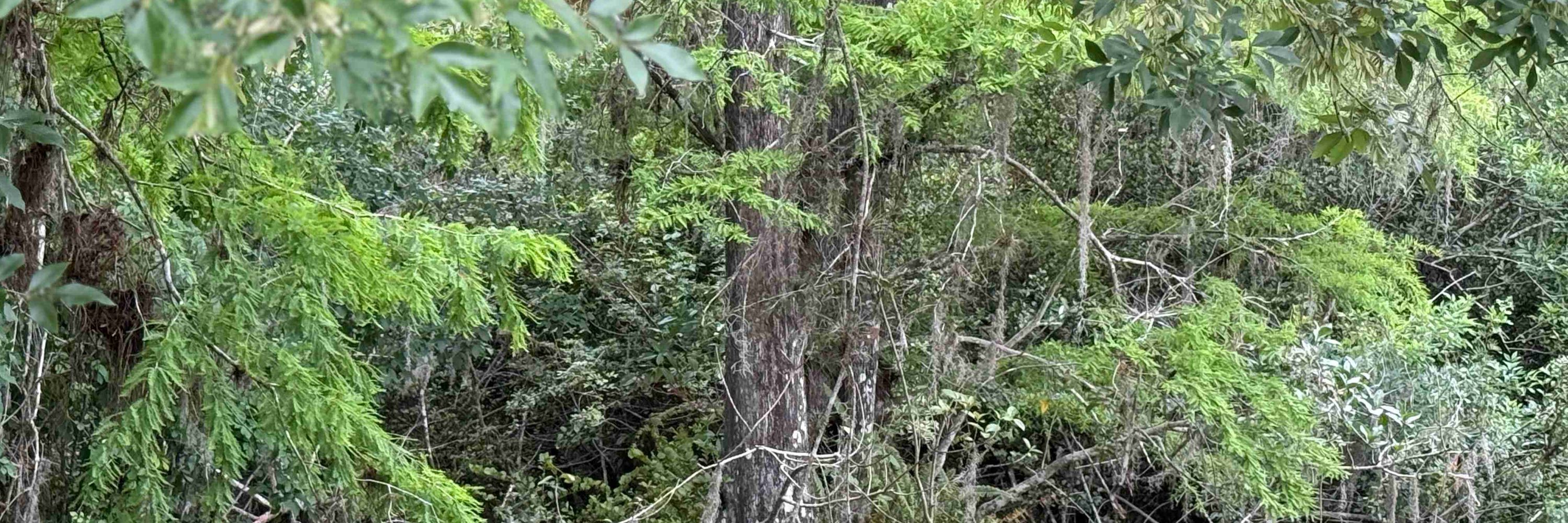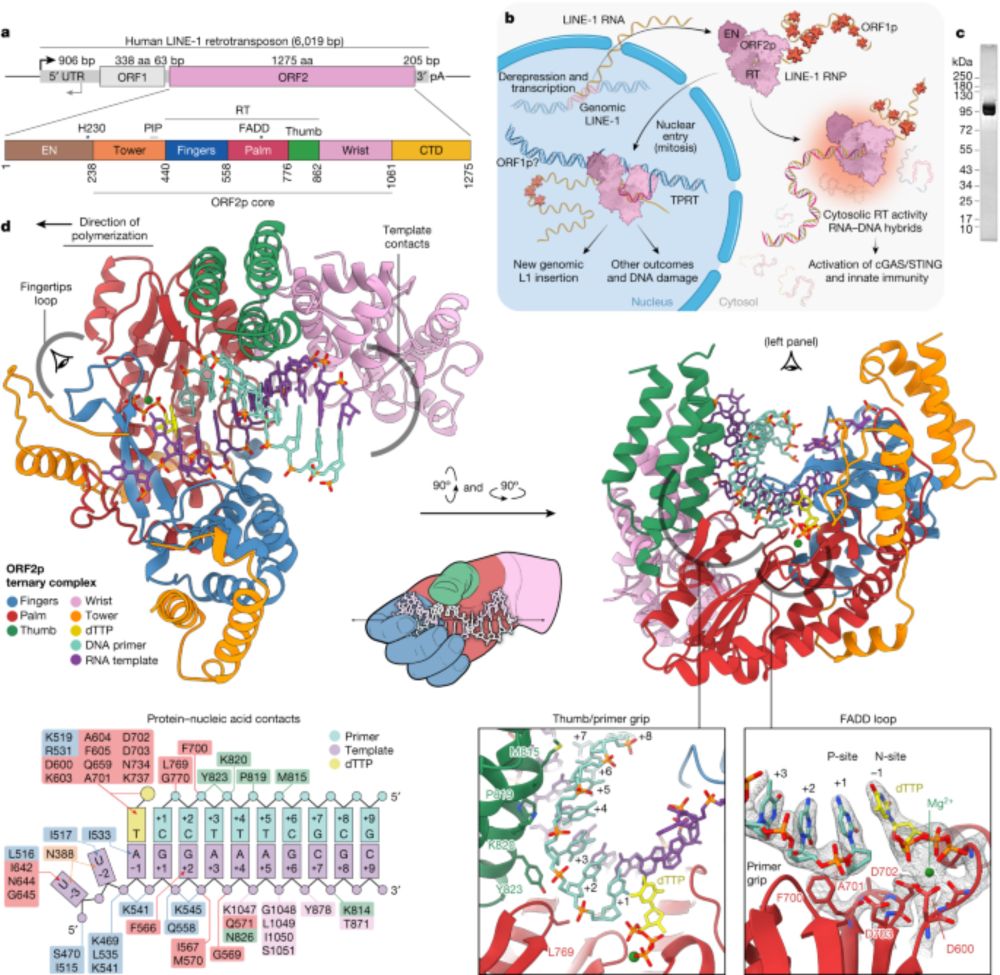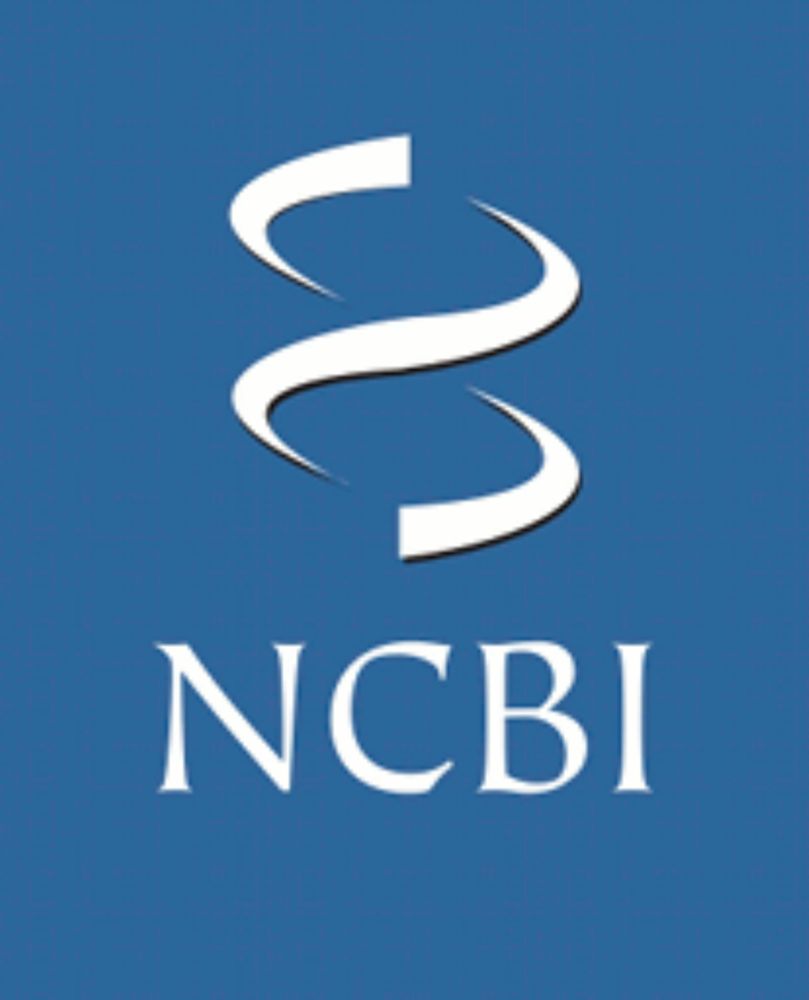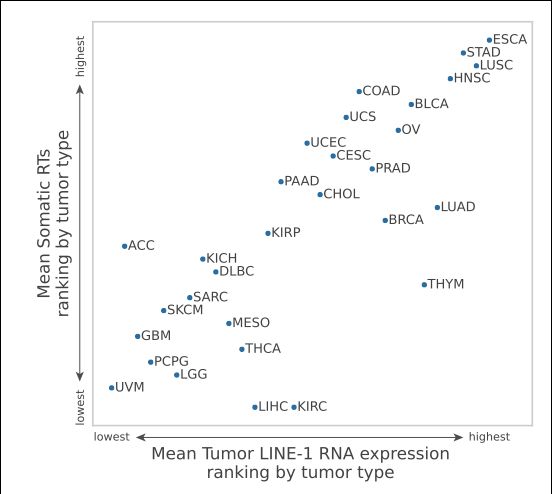
Co-Director, Olayan Center for Cancer Vaccines
Comp Immuno-oncology
Self/nonself theory
Co-Founder Rome Therapeutics
Physicist

(whose work motivated a lot of our thinking) and John Lacava who went all in for this work with their great labs and colleagues.
(whose work motivated a lot of our thinking) and John Lacava who went all in for this work with their great labs and colleagues.
* Why do we see mimicry in so many disease settings such as cancer?
* How broad a phenomena is this?
* How do we think about selection in this evolutionary context?
* Why do we see mimicry in so many disease settings such as cancer?
* How broad a phenomena is this?
* How do we think about selection in this evolutionary context?
www.nature.com/articles/s41...

www.nature.com/articles/s41...
We also found activity in Li-Fraumeni Syndrome, a pre-disposition syndrome associated with p53 mutations. Finally, we deposited our estimates of germline activity on dbGAP, one of the largest datasets on the topic:
ncbi.nlm.nih.gov/gap/

We also found activity in Li-Fraumeni Syndrome, a pre-disposition syndrome associated with p53 mutations. Finally, we deposited our estimates of germline activity on dbGAP, one of the largest datasets on the topic:
ncbi.nlm.nih.gov/gap/


We recently explored this phenomena in cancer below:
cell.com/immunity/pdf/S
We recently explored this phenomena in cancer below:
cell.com/immunity/pdf/S
github.com/Rome-Tx/tota...

github.com/Rome-Tx/tota...

